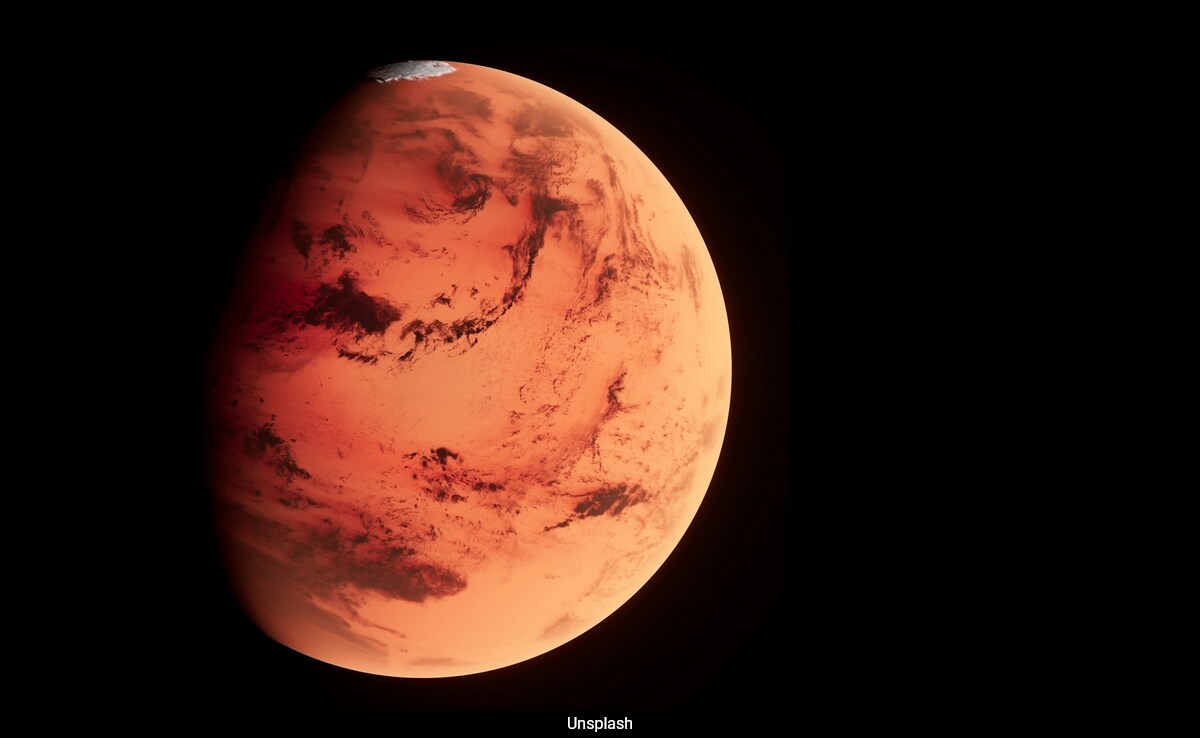
Mars may have been teeming with life.
Mars' magnetic field, which could have supported life, may have lasted longer than previously thought, a new study by researchers at Harvard's Paleomagnetics Lab in the Department of Earth and Planetary Sciences has claimed. While Mars is now cold, barren and rocky, evidence suggests that the magnetic field may have lasted until 3.9 billion years ago, compared with previous estimates of 4.1 billion years -- making the Red Planet a prime candidate for a thriving environment for life.
The study published in Nature Communications makes for the most compelling case to date about Mars' supposed 'life-rich' history. The researchers used simulation and computer modelling to estimate the age of the Martian "dynamo," or global magnetic field produced by convection in the planet's iron core, like on Earth.
The scientists looked at the basins on Mars and concluded that the craters were formed while the dynamo of Mars was experiencing polarity reversal, which happens on Earth as well every few hundred thousand years.
"We are trying to answer primary, important questions about how everything got to be like it is, even why the entire solar system is that way," said Harvard's Sarah Steele, who led the research.
“Planetary magnetic fields are our best probe to answer a lot of those questions, and one of the only ways we have to learn about the deep interiors and early histories of planets," she added.
WATCH | NASA's Rover Captures 'Googly Eye' Eclipse On Mars
What's the significance?
The extra 200 million years overlap with the era when the Martian surface became covered with water, the evidence for which has been gathered by several rovers sent by NASA. However, in the absence of a strong magnetic field, Mars lost its ability to ward off the solar wind which eroded its atmosphere, including the planet's water - making life unsustainable.
Scientists have long been seeking answers about the presence of life on Mars. Last month, a NASA study stated that microbes might find a potential home beneath the frozen water on the Red Planet's surface.
Disclaimer: The copyright of this article belongs to the original author. Reposting this article is solely for the purpose of information dissemination and does not constitute any investment advice. If there is any infringement, please contact us immediately. We will make corrections or deletions as necessary. Thank you.